Jeff Berardelli is WFLA’s Climate Specialist
TAMPA, Fla. (WFLA) — Every few years, under the mandate of U.S. law, the government releases a comprehensive report on the state of climate change in our nation and an assessment of our progress, or lack thereof, to mitigate and adapt to the changing climate.
On Tuesday, the Fifth National Climate Assessment (NCA5) dropped. It’s a huge report, as the summary alone is nearly 150 pages, with 500 expert authors contributing.
To say the report is comprehensive is an understatement. The focus ranges from physical science to human health, to impacts on indigenous people, and to progress from mitigation to adaptation. The report also has a useful breakdown of 10 distinct US regions.
The main theme of the report can be summed up with a couple of quotes from the report:
“The effects of human-caused climate change are already far-reaching and worsening across every region of the United States. “Efforts to adapt to climate change and reduce emissions have expanded”. However, “without deeper cuts in global net greenhouse gas emissions and accelerated adaptation efforts, severe climate risks to the United States will continue to grow.”
As so many recent reports have, this assessment (NCA5) makes clear that climate change, roughly over the past 150 years, is indisputably and undeniably caused by the build-up of greenhouse gases in the atmosphere mainly from the burning of fossil fuels.
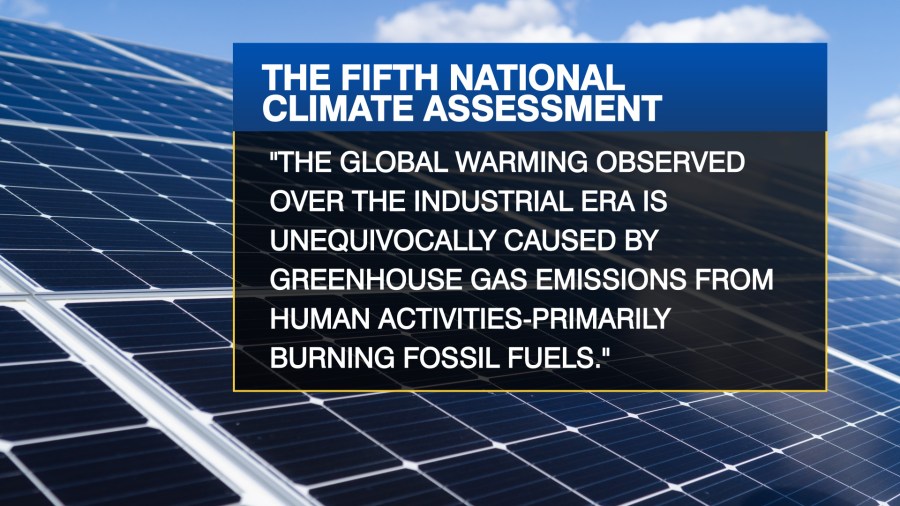
In the U.S., observed warming is greater than the global average. Since the late 1800s global temperatures have increased by around two degrees Fahrenheit and the contiguous U.S. has warmed closer to three degrees Fahrenheit.
As the climate warms, there is more energy available for more extreme weather. That combined with more infrastructure in harm’s way – and rising replacement costs – is having a huge impact on the U.S. economy.
Since the 1980s, the number of billion-dollar disasters has increased by six times across the U.S., from an average of three per year in the 80s to an average of around 20 events per year now.
In recent years the highest damage toll has been in Florida, mainly from Hurricane Ian in 2022 and Hurricane Michael in 2018. Those two storms alone totaled nearly $140 billion. A warmer climate will likely mean stronger and more rapidly intensifying hurricanes in the future – a growing threat for Florida.
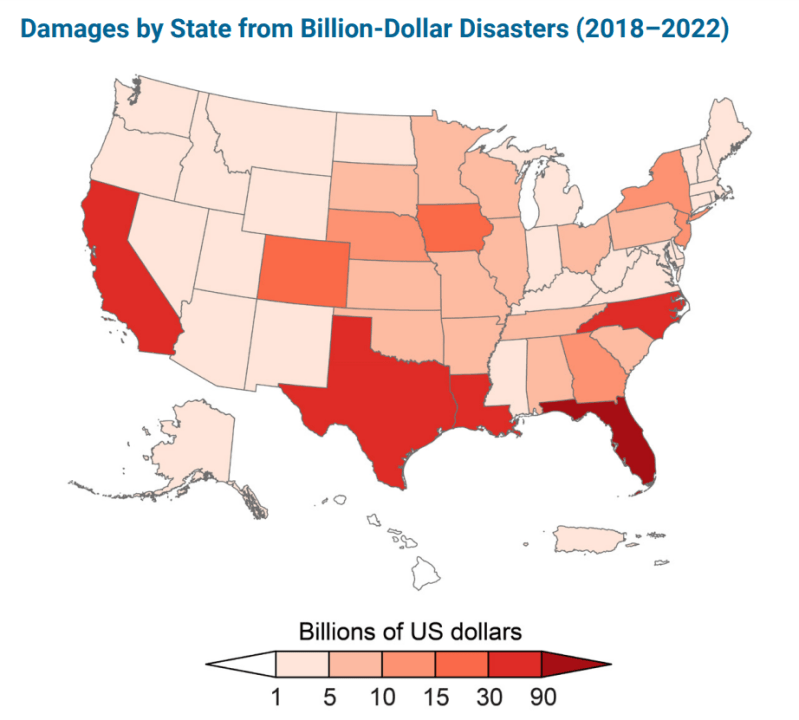
Besides enhanced hurricanes, here in the state of Florida, the biggest impacts of climate change are expected to be increasing heat and sea level rise.
In regards to extreme heat, if global warming reaches around three degrees Celsius (5.4 degrees Fahrenheit), Florida (including the Tampa Bay Area) is expected to experience 70 to 90 extra 95-degree days per year. Thus, nearly every summer day at or above 95 degrees could be a reality towards the end of the century.
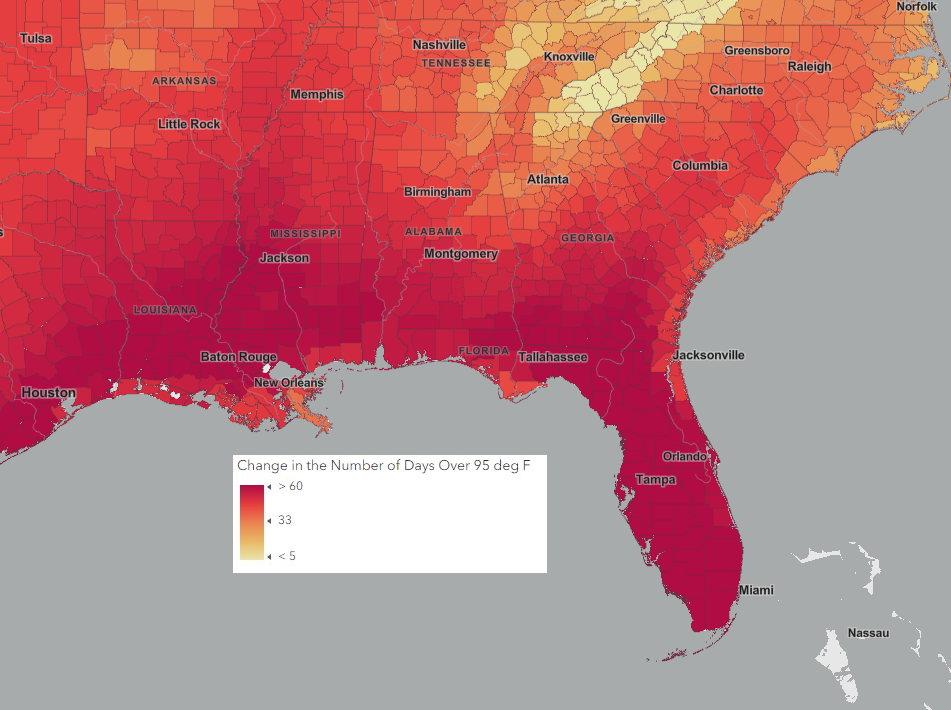
It is worth mentioning that it is possible to stop global warming before reaching the three-degree Celsius mark if we significantly reduce the burning of fossil fuels.
While the amount of rainfall in the heaviest downpours is expected to increase by about 20% under a three-degree Celsius (5.4F) warming scenario by 2100, the overall annual rain in Florida is not expected to change very much across Florida. It may even decrease some across South Florida.
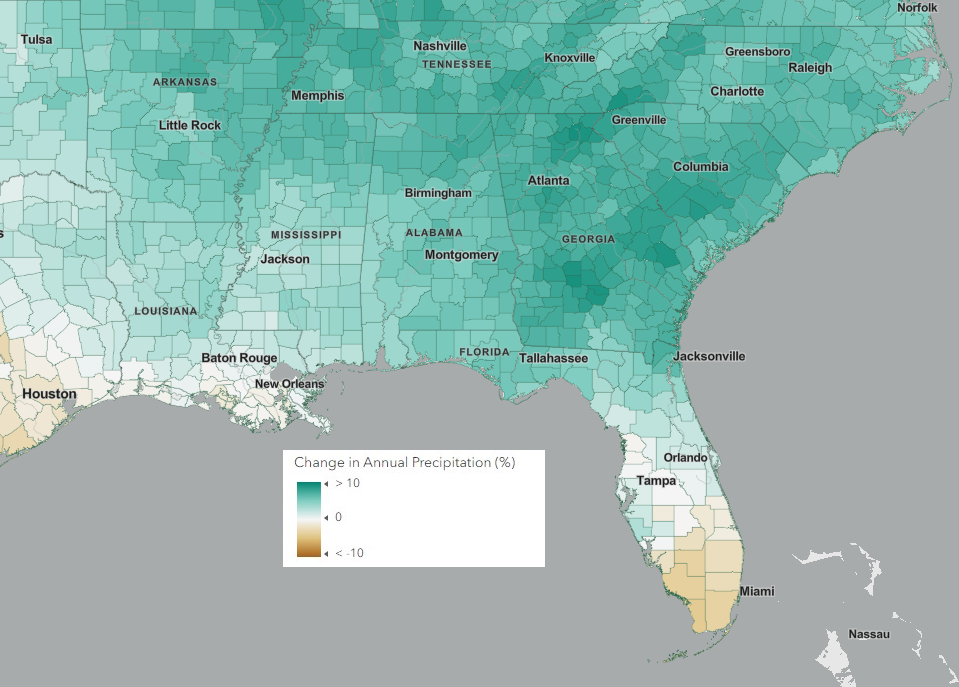
For many, Florida’s biggest impact of a warming climate will be sea level rise. While the exact amount of timing is difficult to predict, we can estimate based on the current rate of sea level rise and the acceleration.
The below image from NCA5 shows projected sea level rise based on an intermediate/middle-of-the-road emissions/warming scenario. In the western Gulf of Mexico, sea level rise may be five to six feet by 2100. Along most of Florida’s cost, the projection is three to four feet by 2100.
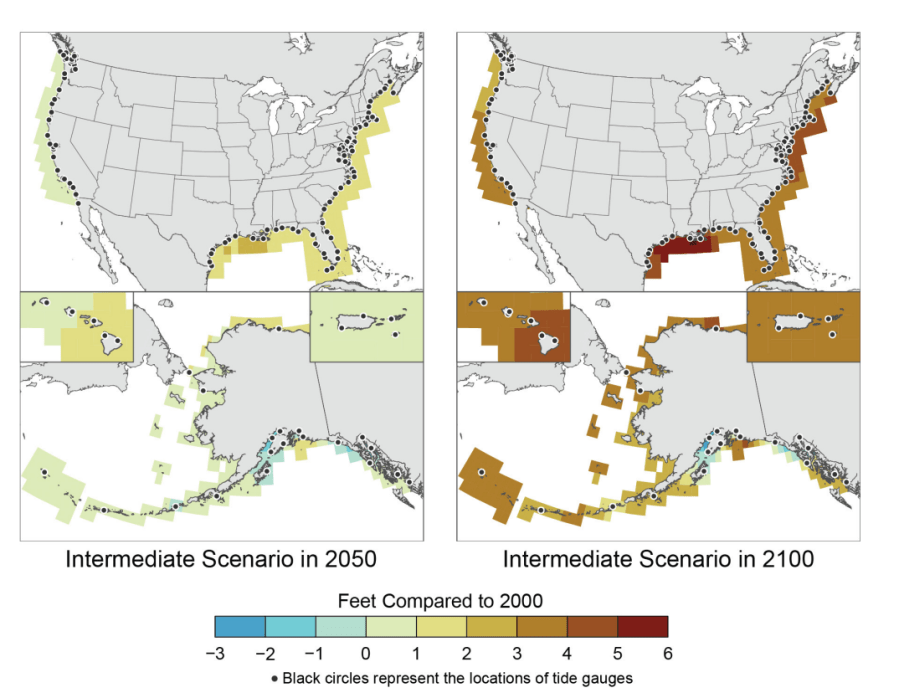
All this said the U.S. is making some progress in combatting climate change. Since greenhouse gases from the burning of fossil fuels are the cause of recent climate change, the way to slow climate heating is to use cleaner energy and technology.
Annual U.S. greenhouse gas emissions fell 12% between 2005 and 2019. This trend was largely driven by changes in electricity generation: coal use has declined, while the use of natural gas
and renewable technologies have increased, leading to a 40% drop in emissions from the electricity sector.
While experts agree that progress is not nearly fast enough, there are reasons for optimism when looking at the decreasing price and expansion of renewable energy and the adoption of electric vehicles.
The price of solar energy in the U.S. has decreased by 90% in just one decade. And 80% of new electricity generation capacity now comes from renewable sources.
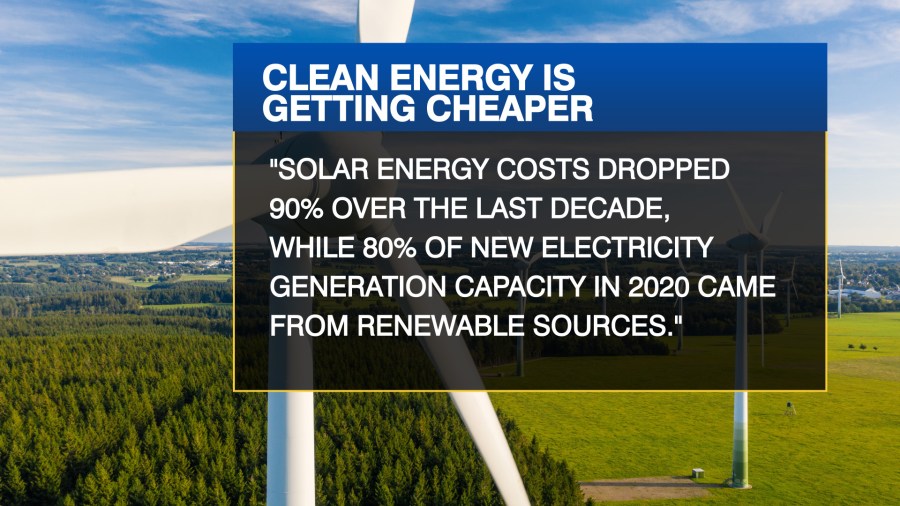
After years of success overseas, electric vehicles (EVs) are finally taking off here in the U.S. As of this fall, 1 in every 10 new cars sold (10%) are electric or plug-in hybrid vehicles. That is up from 7% this same time last year. BNEF estimates over 50% of new car sales in 2030 will be EVs.
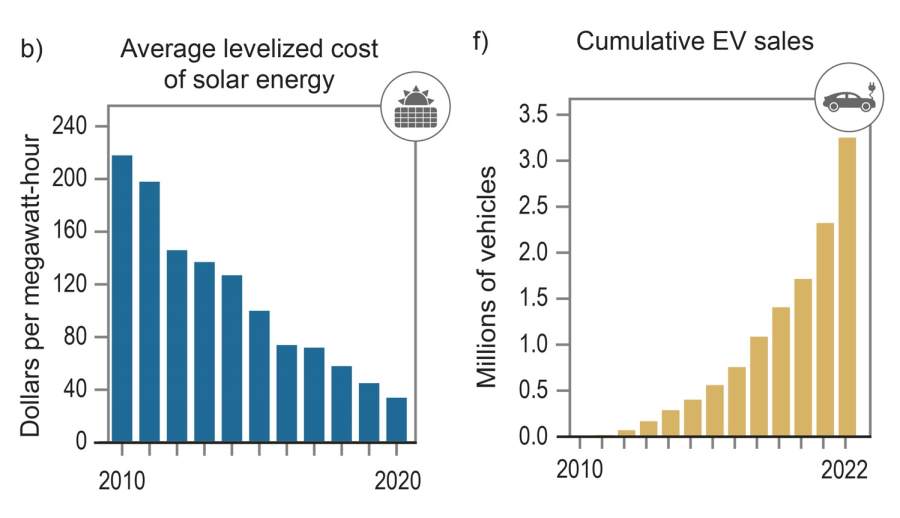
No doubt humanity has started down the road of trying to avoid the worst impacts of climate change. But let’s be clear, the steps so far are minimal, national commitments are soft, and progress is not straight – it is still held back by special interests, political posturing, and economic challenges.
This year we have seen global temperatures near the Paris Agreement threshold of 1.5 Celsius of warming. This is the level at which scientists estimate that the impacts of climate change will become severe. We’ve certainly seen these unprecedented extremes in 2023.
Before 2050 we’ll probably reach the next Paris threshold of two degrees Celsius of warming and extreme impacts will continue to ratchet up, with a big humanitarian, economic, and geopolitical tolls.
But where we go from here – and NCA5 makes this clear – is up to us. How seriously humanity rises to the climate challenge will determine just how much of a burden we place on the shoulders of our children and their quality of life.






